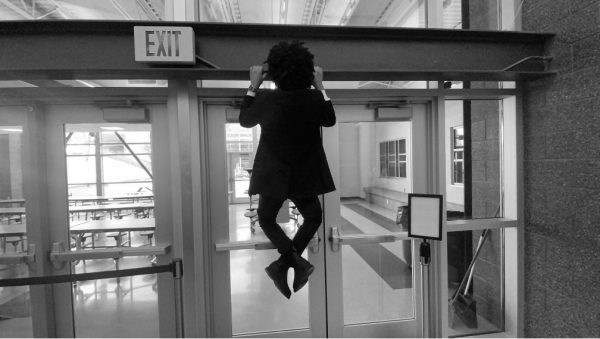Top Player? Getting Recruited Isn’t as Easy as You Think
High school baseball players across the nation are thinking they have what it takes to go pro. However, most of them have no idea how difficult the process is to get there. The path to the pros in baseball is one of the most rigorous processes there is in sports and the player still has a next to nothing chance of succeeding.
With over 480,000 students participating in high school baseball, there is a very slim chance of making it to the next level, let alone to the majors. About 5% or less, equating to three in every 50 players, who play high school baseball will go on to the collegiate level.
Once there, less than 11 in 100 college players (about 10.5%) will get drafted by an MLB team. Those daunting statistics does not stop many from trying.
With that being said, how does the recruiting process for college baseball work? The most important part is getting yourself recognized. Many players make the mistake of thinking that if they are great, they will automatically be discovered by college recruiters. That is a fallacy and only true if you are one of the top 100 players in the nation. Live in a state that is not known for producing players, like Utah? Being seen is even harder.
The process of getting recognized takes effort and time. The work falls almost solely on the athlete and their support system, such as their parents. The process starts early, often much earlier than high school.
Players need to align themselves with teams that travel to showcase tournaments across the country. They need to exhibit that they have a good work ethic, a positive attitude and that they are coachable. They also need to make sure they focus on maintaining good grades and a clean record.
A large part of recruitment is online-based. This means that playing videos need to be created, posted on YouTube, and recruiting websites need to be used. These websites cost money, but they are a great way to house all the data about you. They often have your statistics, grades, videos, and scouting reports.
Mic, whose last name withheld because of pending recruiting, is a junior at Judge Memorial High School, was recently recruited by the University of Arizona. He said that the process has been long and hard, but definitely worth it.
Mic said, “I started playing for a travel team when I was around 12 years old. I have traveled to many tournaments out of state and have engaged the services of a recruiting website. This means that I have spent countless hours making videos and aligning myself with specific tournaments where I know recruiters were seen.”
He continued, mentioning that video right now is huge, because of the COVID-19 dead period through December 31.
The work doesn’t stop there. While the high school coach might help in the process, it is up to the player to get on the college coaches’ radars. The player needs to reach out to the college coaches for the schools that they are interested in. This means sending them the player profile, videos, blogs that were created, and links to the player’s online recruiting pages, all while stating why the player is interested in their program.
The player needs to cast a wide net and reach out to many schools, not just the ones they have as their top choice. This gives them a better chance of getting recruited and playing in college, and if they are lucky, their top choice will be among the offers they receive.
Moving forward, the player has received offers to play in college. Many people believe those offers come with athletic scholarships. This is another fallacy in the recruiting process. Most athletic scholarships go to money-making sports – football and basketball. The idea of a “full-ride” scholarship for baseball is a bit of a misconception. It is rare for a player to receive an athletic scholarship that covers all of their schooling costs.
Often a player receives multiple scholarships, such as merit or academic when they talk about how much money the college is giving them. Even then, the money is not guaranteed for four years. They often are year-by-year and have terms that must be met to continue to receive funds.
While the baseball program might have been allocated a certain number of scholarship slots or dollar amounts, they often do not offer their full allocation to players. Hence, the majority of college players that are seen on the field are non-scholarship ballplayers.
Even though the process is rigorous, Mic Paul would be the first to say it is worth it.
“I love playing the game. Playing at a D1 school is a dream come true. Yes, it was a lot of work these past years, but playing ball is my love, and getting to continue to do that at a college level will be incredible.”






